Is motivating your workforce as easy as buying a pizza? This HR Digest articlereports that, when offered a choice between cash, pizza, and compliments from the boss, participants in this employee rewards program chose pizza. (Structuring an effective reward and recognition program is a little more complicated than that!) It’s true that, when employees are asked what they would prefer to receive in a rewards program they say cash, yet studies show that employees work harder for non-cash or more tangible incentive rewards.
An Incentive Research Foundation Trend Study outlines new uses for non-cash rewards and finds that a higher level of employee engagement is dependent on the delivery.
Does Size Matter?
In fact, it does. The IRF Participant Study of reward experience preferences found that for large corporate recognition rewards, the most preferred experience is a travel reward followed by merchandise, presented by company executives and communicated publicly.
For more frequent smaller rewards, how the reward is presented and who presents it accounts for 40% of the recipient’s view of the reward experience, regardless of the reward itself. So in this scenario, a burger or a gift card might have worked just as well as the pizza if it was presented by a boss and in public.
Incentive or Compensation?
We see from the HR Digest article that even a Wharton professor can confuse an incentive with compensation. A pay raise is compensation; anything that is given in exchange for greater effort or performance is an incentive (such as a compliment, other reward, or pizza!).
Extrinsic vs. Intrinsic Motivation
The article also notes that extrinsic motivators do not have a long-lasting effect. In an effectively designed incentive program, employees often develop better processes, work habits and understanding as to how their job responsibilities fit into the overall organizational goals, resulting in a higher level of intrinsic motivation.
While pizza is not recommended as an effective long-term employee reward, we see that rewards that appeal to your audience, presented in the proper way and in front of peers, can be very effective in the short term. A professionally designed incentive program will achieve both your short- and long-term objectives for employee engagement and performance improvement.



